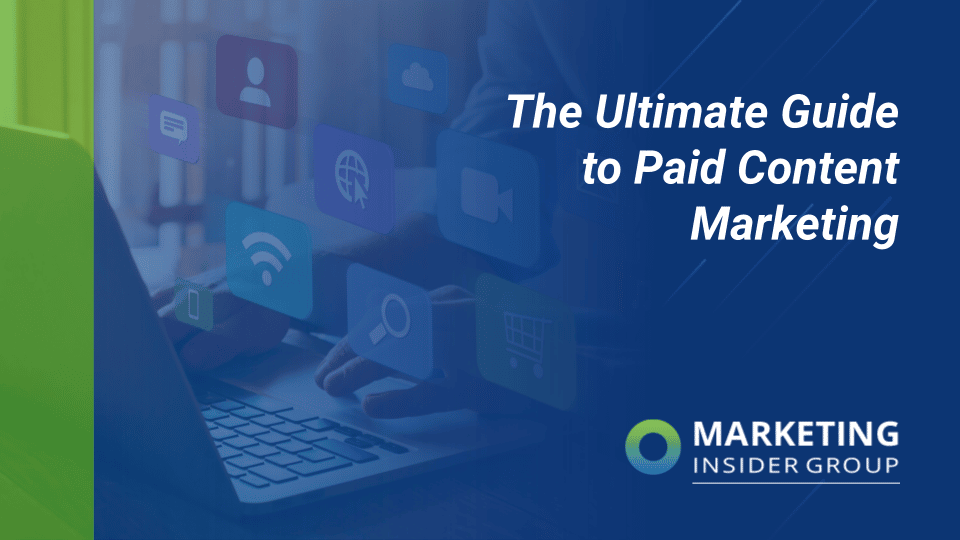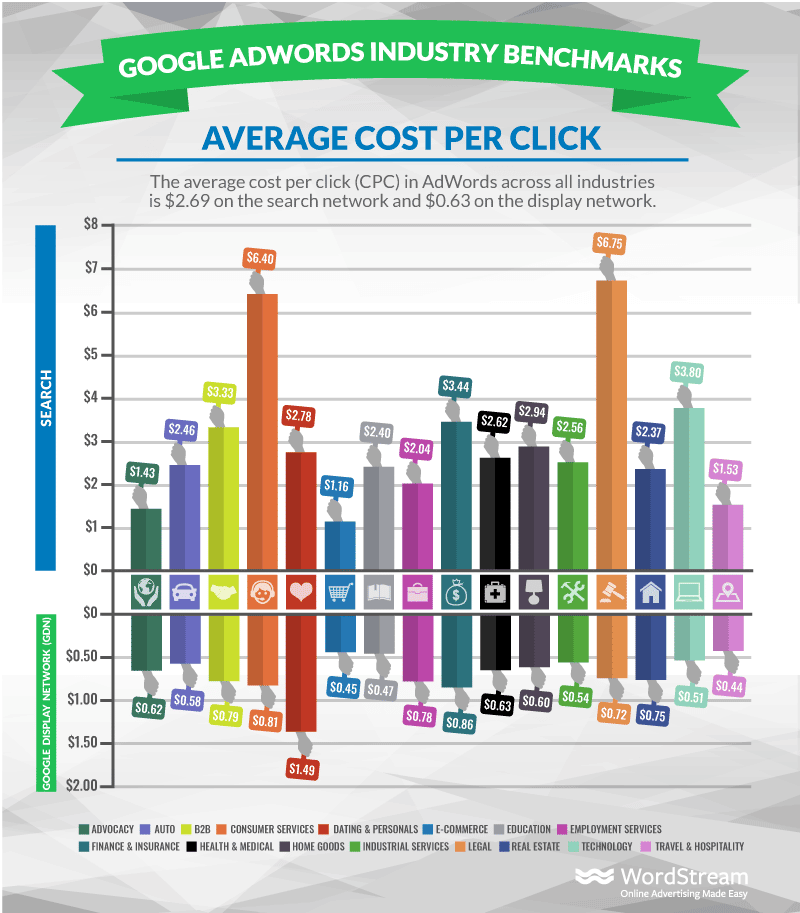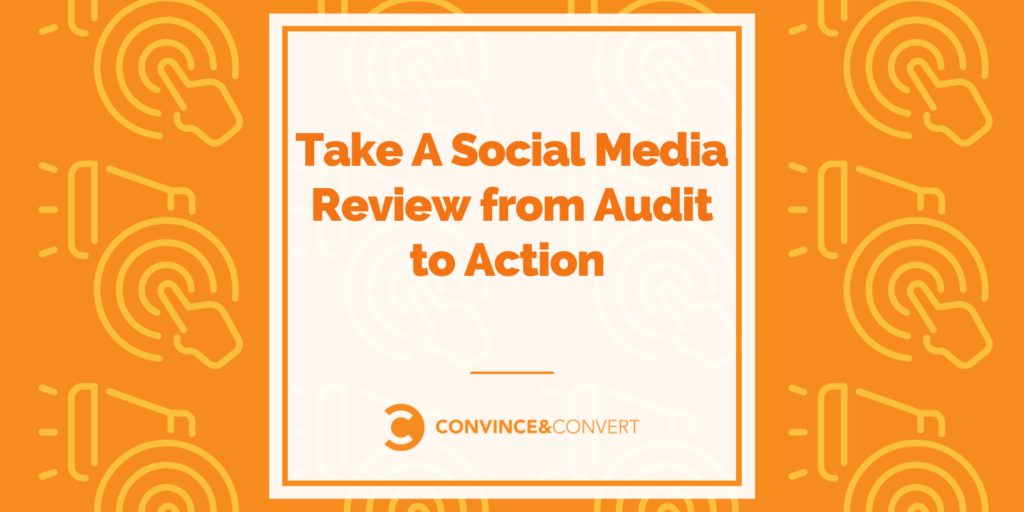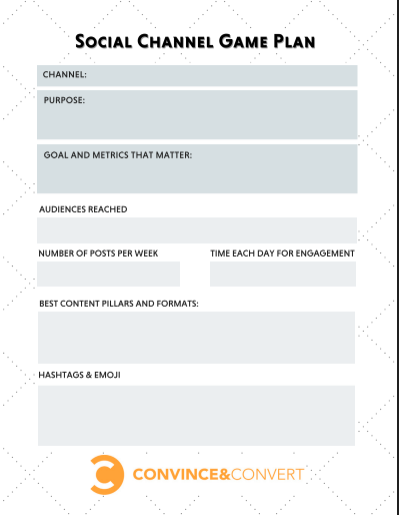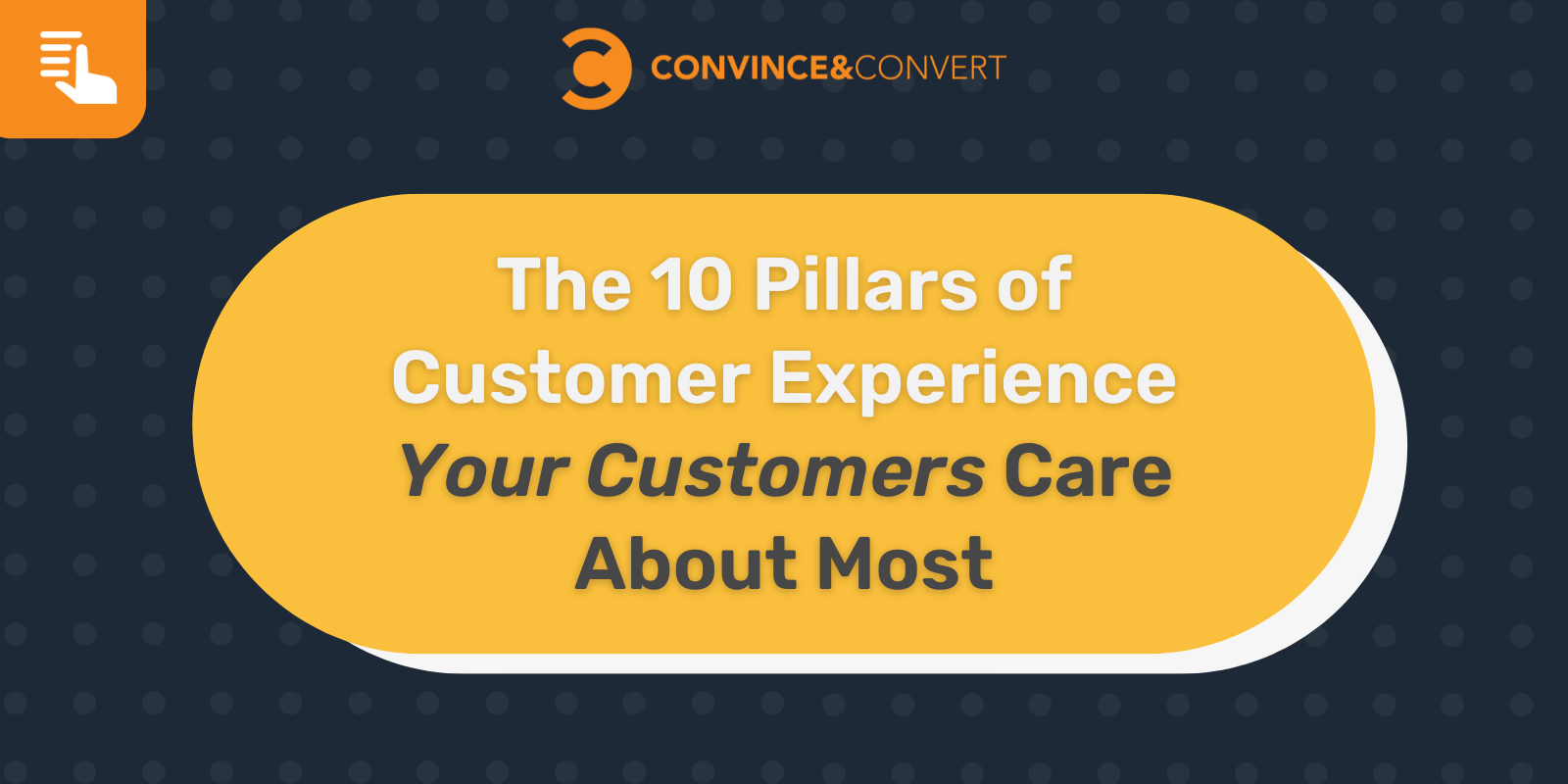
Got an appetite for all things CX? Check out our entire CX series.
Part 1: The Two CXs You Have to Deal With — Customer Experience vs Customer Expectations
Part 2: The Audience Experience is More Important than Customer Experience
Part 3: Why Brands Believe Their CX is Better Than It Really Is
Part 4: Great Customer Experience Starts with Great Employee Experience
If Customer Experience is Everywhere, Where Do You Begin?
First, let’s acknowledge it really is everywhere. Every potential point of interaction with your brand and each potential customer is a CX opportunity, or shortcoming. That’s a lot to address and it absolutely spans multiple departments in every organization.
As a starting point, we’ve identified these 10 Pillars of Customer Experience and in this short self-assessment below, you can quickly see where you’re strong and where you have opportunities for improvement.
Pro Tip: Share this with your colleagues and learn how they see things.
As we’ve covered previously in our “The Two CXs You Have to Deal With” article (a must read!), we limited our list to these 10 essential pillars of customer experience. These are not in a rank order that applies to all organizations, so as you delve into each, begin to think how each pillar compares to the others in your organization’s specific circumstance.
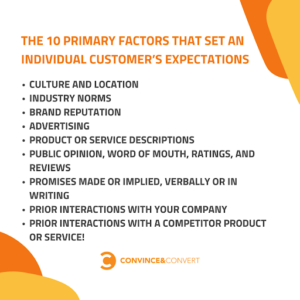
At the end of this article, we give you the specific next steps to determine the precise rank order that is right for your organization, regardless of what your colleagues might think.
They are (and again, not in rank order):
- Advertising to consumers
- Content they consume
- Digital experiences in which they interact or observe
- Non-digital experience in which they interact or observe
- Communication from the company
- Company representatives with whom they communicate
- The products and services they purchase
- The customer service they receive
- Friction, or lack thereof, throughout the customer journey
- Brand reputation and expectations
Let’s see how you rate in each of these 10 pillars with a quick self-assessment.
Your 10 Pillars Quick Self-Assessment
For the following customer experience pillars, rank yourself from Poor (1) to Excellent (5).
1. Advertising to Consumers
We’ll start with advertising for two main reasons; most companies advertise in some form or other (with rare exceptions) and for those who do, it is one of the most visible and monitored sets of metrics. Advertising expense is a direct cost and failing to have your CX buttoned up within the sphere of the advertising—the promise made vs. reality—is a waste of money plus a suboptimal CX. That’s a double hit. How well do your advertising messages and promises align with the customers’ journey and experiences?
[Score 1-5 points]
2. Content they Consume
When a consumer engages with your content, there is already some level of expectation. Your content is positioned to offer something of value, right? Will this content inform or help make a purchase decision? Does it answer an essential question along the consideration journey? Will it entertain? Across your content library, how effectively does your content support a superior customer experience?
[Score 1-5 points]
3. Digital experiences in which they interact or observe
We differentiate digital experiences from non-digital (#4 below) for the simple reason they are so vastly different. Although similar to content consumed (above), digital experiences extend beyond just consumption; it includes engagement and interaction. Do online forms, quizzes, calculators, games, chatbots, digital assistants perform as consumers expect they will? Do audio, video or virtual reality improve the consumer experience in a meaningful way? Are the right type of digital experiences being provided as well as meeting and surpassing your consumers expectations?
[Score 1-5 points]
4. Non-digital experience in which they interact or observe
To the extent your organization relies on some level of human interaction, does it meet the needs of the customer? In person interactions (e.g., retail, events, phone conversations, packaging, samples and orders received, etc.) are amongst the best opportunities to deliver a great — or disappointing customer experience. Recent research from Experience Dynamic and the Center for Generational Kinetics confirms more than any other experience tested, Americans are the most satisfied with the customer experience they received when purchasing something in-person over the past year.
How are your in-person customer experiences measuring up?
[Score 1-5 points]
5. Communication from the company
Consumers don’t have a lot of patience for their time being wasted so it is imperative that your company’s communications—brand building, operational, and transactional—are thoughtful and achieve a specific objective of importance to the recipient. Are your communications relevant? How do you know? Are they timely? Delivered at the right frequency? What are the communication intervals the consumer is expecting?
The stakes have been raised by thousands of other brands across all industries which means customers’ expectations are higher than ever. How well does your company deliver on outbound communications? How timely does your company reply to your customer’s inquiries and complaints? If you’re not consistently delivering same-day replies, you have work to do.
[Score 1-5 points]
“Great organizations strive to deliver great experiences.”
6. Company representatives with whom they communicate
We feel for you if you have a call center. There are books on that topic but for our purposes, think broader than just the help desk. Consider how executive management conveys the company’s ideals and values. Are your salespeople truly serving their customers’ needs or too focused on their own agenda? What about people out in the field making service calls or interacting at trade shows and conferences? All of these are points of contact that should also be priorities in improving the customer experience.
[Score 1-5 points]
7. The products and services they purchase
Apple perhaps sets the bar in customer delight with their product design, including their super-slick packaging. And while no product or service is immune from shortcomings or an occasional quality control issue, the bottom line is your product/service has to meet or exceed each customer’s expectation. What does your company do to go the extra mile, and add something unexpected to provide a differentiated customer experience that is better than expected?
[Score 1-5 points]
8. The customer service they receive
You probably already record calls for training purposes, track customer resolution times, and overall satisfaction levels. Those are table stakes. Today’s top-tier customer service teams are empowered to quickly resolve issues ranging from reversing charges, replacing products lost in transit, exchanges, and refunds.
Data tells us what may begin as a poor customer experience can be reversed by great customer service afterward, resulting in an even higher level of brand loyalty. Customer service is not a cost center; it is a customer retention process that leverages the investments made in every part of the customer journey. How do you rank your customer’s customer service experiences?
[Score 1-5 points]
9. Friction, or lack thereof, throughout the customer journey
Every potential touchpoint in every customer’s journey must be as friction-free as possible. How much friction still exists in your customers’ experiences? You must find those and reduce them, with the goal of zero friction at each point of interaction. How long should a customer wait on hold? The best answer is zero seconds. How many clicks on your website are needed to find, compare, purchase and check-out? Today’s e-commerce expectations are shaped by the best-online retailers regardless of what industry you are in. People now expect seamless online and offline experiences. You must regularly conduct your own friction assessment across each channel in which your customers engage with your company with the goal of identifying the areas in most need of improvement.
[Score 1-5 points]
10. Brand reputation and expectations
Answer this: What does your brand stand for? Does it convey? Now survey your management teams and staff. What do they tell you? Now, ask your customers. Any disconnects there?
Often, there is a gap between the brand promise and the reality the customer experiences. In all points of communication, your team must set the expectations, realistically, and be able to meet or exceed those expectations. To do this, you must have a continual information feedback loop—not just an annual survey—but an ongoing streamlined process for monitoring brand reputation and how well your organization is meeting ever-changing customer expectations. Start with a comprehensive social listening program tied into customer service for active reaction and response.
[Score 1-5 points]
80% of organizations believed they delivered a “superior experience” to their customers; however, only 8% of customers felt the same way.
Click To Tweet
Add Up Your Score for the Customer Experience Pillars
Total your score (Score up to 5 points for each pillar).
50 points total is possible only for those who believe they are truly delivering an excellent customer experience in all 10 of the CX pillars.
*drum roll*
Your Total: [Score Sum]
Pro Tip: No one scores 50. Just ask your customers.
Looking beyond these 10 pillars of customer experience, we’ve also provided insights into the top ten Top 10 Obstacles to CX Program Success to help you along the way.
What Next?
Do this:
- Rank your CX pillars. List each of these 10 essential pillars and rank them in order of how you think your customers value each, most important to lesser important. Ask your colleagues involved in CS and CX for their rankings too. We’ll bet you a taco you won’t all agree, and that’s ok. (We love winning tacos!)
- Survey your customers. Next, you must validate your assumptions. Rapid deploy a lean, focused survey to recent customers (you’ll need several hundred responses to be statically valid) and compare their customer experience priorities to yours.
Spoiler alert: If your survey was written, executed, and analyzed properly, the customers’ priorities trump yours.
- Prioritize our organization’s CX pillars. Take the top 2-4 most important from the customers’ response list and assess how well your organization performs in those specific areas. This may require cross-department cooperation depending on how your organization is structured, so you’ll need to formulate a plan to get the required stakeholders on board. You’ll need their participation to effect any meaningful change management.
Pro Tip: One final, extremely important insight we’ll share. Based on the latest research study and data collected from Convince and Convert, Experience Dynamic and The Center for Generational Kinetics (GSK), your audience’s priorities will likely vary greatly by age. In a nutshell, the CX expectations of Gen X consumers are NOT the same as for Boomer or other generational audiences. The savvy CX executive must know this, adapt plans and processes, and deploy resources accordingly. This is not a one-solution fixes all problems scenario.
If you have thoughts, questions, or ideas to share, drop us a note. And if you want to take me up on that taco bet, definitely drop me a note!
The post The 10 Pillars of Customer Experience Your Customers Care About Most appeared first on Convince & Convert.
Did you miss our previous article…
https://www.sydneysocialmediaservices.com/?p=2979

